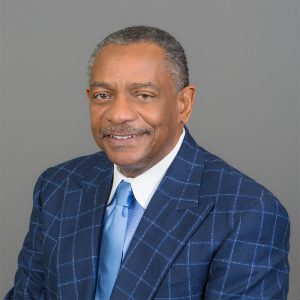Vulnerable Older Adults and the Challenges of Aging in Place
Excerpt
Older adults prefer to age in their homes rather than in an institution. However, in order to successfully age in place, age-friendly modifications are usually necessary to prevent life-threatening accidental falls and exposure to other environmental risks or hazards that unfortunately are all too common among older adults living in their own homes today. In 2015, according to the CDC, “the cost for falls to Medicare alone totaled over $31 billion.” Looking ahead, as the CDC stresses, “[b]ecause the U.S. population is aging, both the number of falls and the cost to treat falls are likely to rise.” Clearly, effective policies and strategies to foster and facilitate successful aging in place are needed to reduce the number of life threatening falls and address other challenges that accompany the aging process.
Some older adults have the financial resources to invest in age-friendly home modifications, but many do not. Included among the latter are three socio-demographic groups:
- Older adults who are financially burdened by excessive housing costs. They spend more than 30% of household income on mortgage or rent and what the Census Bureau defines as “selected monthly owner costs.”
- Older adults who rent their homes. By virtue of their tenure status, they are totally reliant on landlords or property owners to make the necessary renovations that will allow them to age in place—an unlikely occurrence in the absence of proper incentives and/or government mandates.
- Older adults who are African American. Due to a legacy of discrimination in the labor market and other walks of life, African American older adults are more likely to live in poverty and therefore less likely to have the accumulated wealth to invest in age friendly home modifications.
Given the substantial overlap in these three socio-demographic groups, we assert that households where there is at least one African American who is 65 or older and where the head of household is either a renter or a person financially burdened by excessive housing costs irrespective of whether they own or rent their dwelling unit will likely encounter the most difficulty aging in place.
In this research brief, we use data from the American Community Survey to:
- create a demographic profile of this subgroup of older adults, highlighting both the characteristics of the housing units they occupy and their diverse living arrangements; and
- identify specific barriers and challenges which must be overcome in order for them to successfully age in place.
To provide context for their plight, we compare these most vulnerable older adult households with all U.S. older adult households. We conclude by proposing a series of policy prescriptions and actions steps for addressing this problem.
More specifically, we use the Public Use Microdata Sample (PUMS) file of the American Community Survey, a pooled data base of five of the most recent annual surveys (2011-2015) which represent roughly 5% of the U.S. population. Given our research goals, this database was ideal because it contains a housing record, which includes detailed statistics on the characteristics of the surveyed housing unit, and a person record, which includes detailed statistics on every person in the surveyed housing unit. The two files are linked by a common serial number, which make possible “the study of people within the context of their families and other household members,” that is, their living arrangements.
- Keyword(s):
- aging 17
- disruptive demographics 30
- race 45
https://kenaninstitute.unc.edu/publication/vulnerable-older-adults-and-the-challenges-of-aging-in-place/

